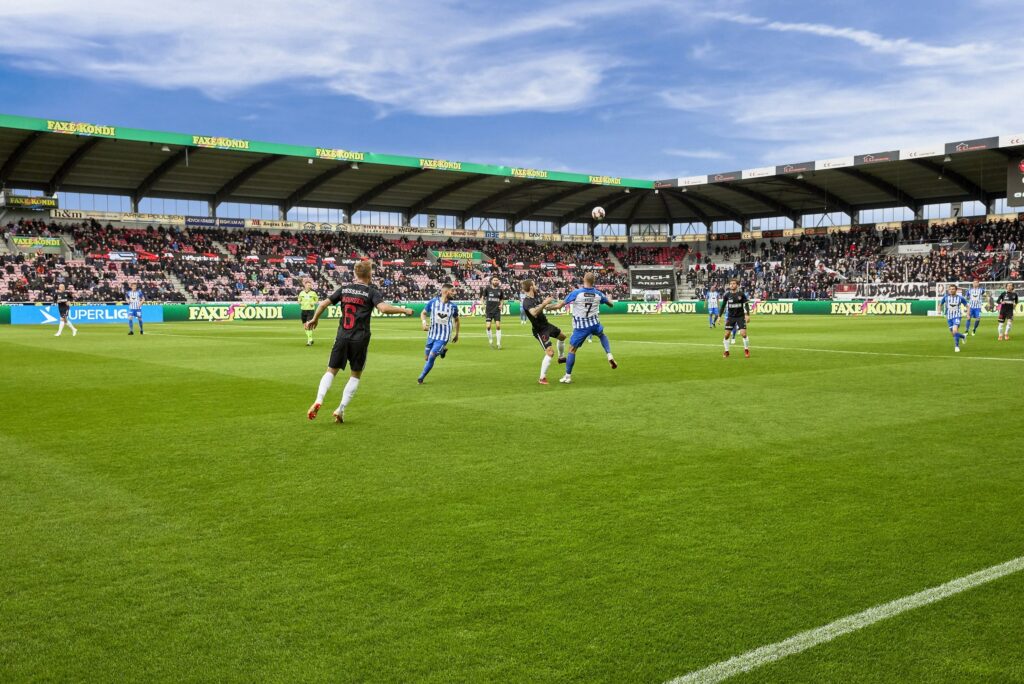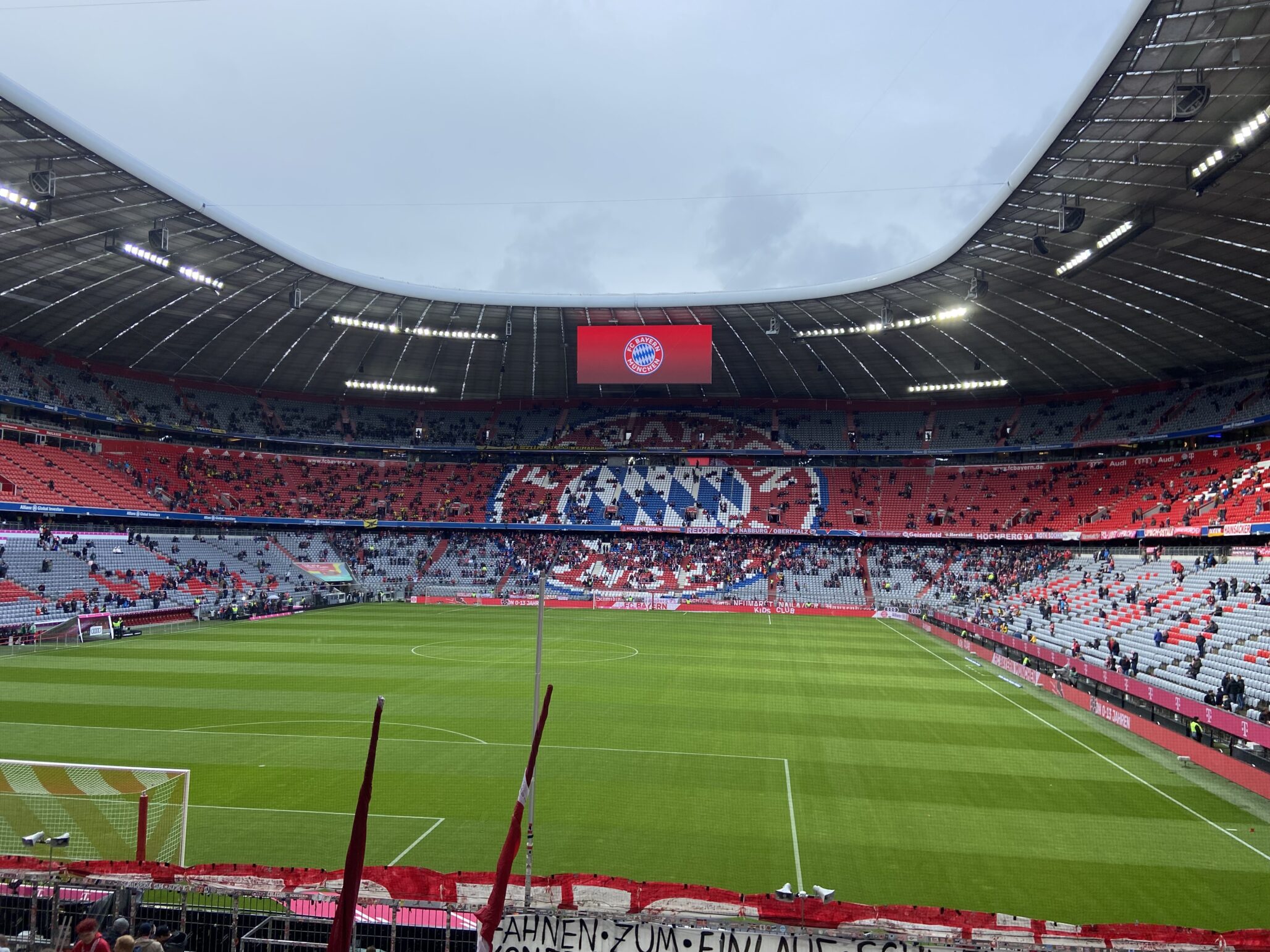In a positive stride towards environmental preservation, the European Union has recently enforced a ban on the use of old tire infill in artificial football pitches. This development not only signifies good news for our planet but also places natural turf and hybrid turf pitches in the spotlight as highly relevant alternatives.
The continuous efforts of plant breeders have yielded remarkable advancements in both traditional and innovative grass species. Improved grass seed solutions now offer enhanced wear resistance, drought tolerance, and disease resilience. Furthermore, the maintenance and management practices for natural turf pitches have undergone significant improvements, ensuring their longevity and optimal performance.
According to the European Chemicals Agency (ECHA), approximately 16,000 tons of granules used in artificial turf find their way into the environment annually. Scientific research has unveiled the presence of harmful chemicals such as cancer-causing polycyclic aromatic hydrocarbons (PAHs), heavy metals, and phthalates originating from these artificial sports pitches. It is evident that choosing natural turf emerges as the most sustainable, environmentally friendly, and carbon-conscious option.
Collectively, we bear the responsibility of nurturing a cleaner and greener future for our planet. Each individual can contribute, no matter how small the effort may seem. Whether it involves recycling household waste, opting for a bicycle commute, or consciously selecting natural turf over artificial alternatives in professional capacities, every positive choice counts.
Numerous clubs and municipalities are actively seeking ways to reduce their carbon footprint or even achieve carbon neutrality. The installation and preservation of natural turf pitches play a pivotal role in these sustainability initiatives. It is essential to understand that for every artificial pitch installed, a natural pitch must be established to compensate for the greenhouse gases produced and effectively neutralize carbon emissions.
Deforestation stands as one of the most denounced practices against our environment. However, it may surprise you to learn that the annual oxygen production and carbon dioxide fixation from one hectare of grass surpasses that of a corresponding area of forest. This remarkable ecological contribution showcases the immense potential of natural turf in combating climate change and ensuring a healthier planet for future generations.
By embracing natural turf, we not only make a positive impact on the environment but also create thriving and sustainable landscapes for sports and recreational activities. Together, let us champion the choice of natural turf, fostering a harmonious coexistence between sports and nature while setting an example for a greener, more sustainable future.







